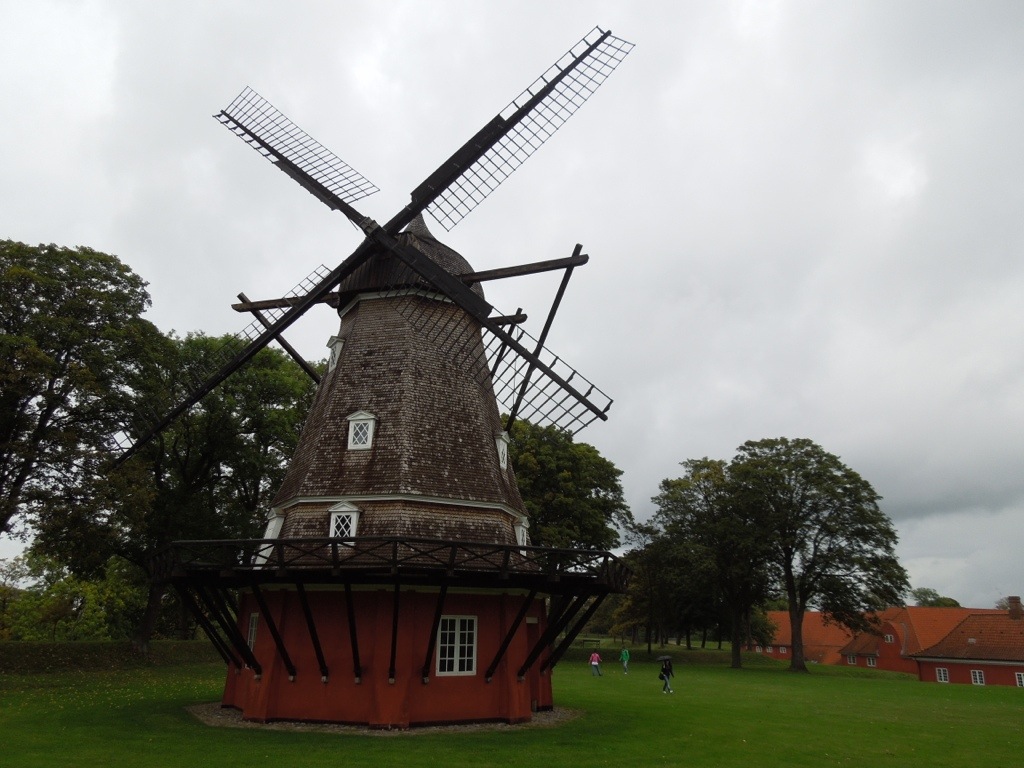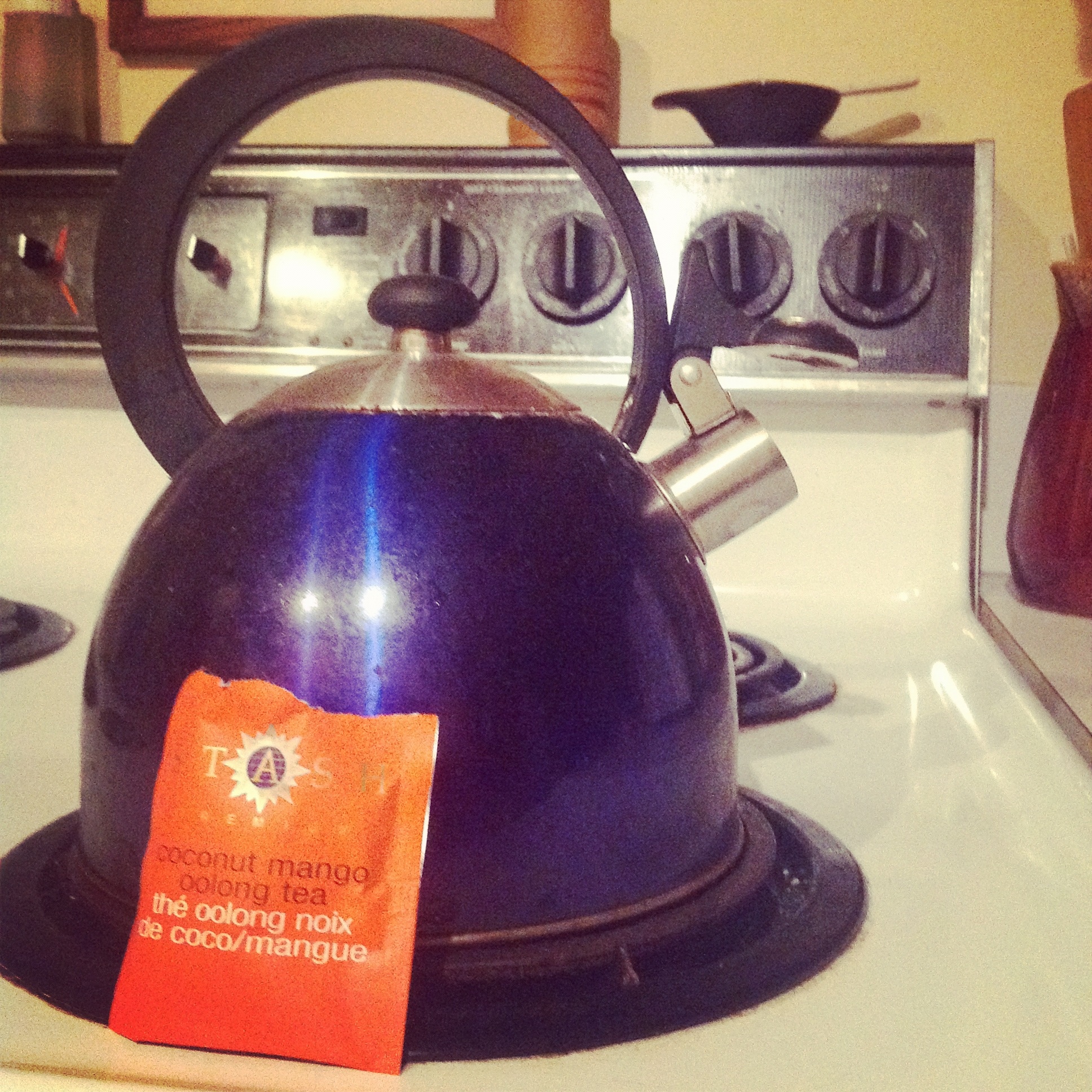On our last night in Istanbul, Katie and I went to Hodjapasha Culture Center to witness the Sema (in English: Sama) Ceremony. This is a dance ceremony performed by the Mevlevi Order of Sufism (a mystical Islamic tradition), but you’ve probably heard them called “whirling dervishes” because of the revolving, rotating, spinning movements that make up the Sema, and bring the worshiping performers closer to God.

There is something strange about a bunch of tourists watching a religious ceremony, but tourists are actually part of the reason this tradition has been preserved. In 1925, after the collapse of the Ottoman Empire, a secular Turkish government came to power and outlawed the Mevlevi Order. In the 1950s, the dervishes were allowed to perform the Sema Ceremony in public as a tourist attraction, and since then the restrictions on this Order have lessened. In the 1990s, the Mevlevi Order was able to re-establish some private religious ceremonies, and in 2005, UNESCO named the Sema Ceremony as one of its Masterpieces of the Oral and Intangible Heritage of Humanity.
While the Sema Ceremony is performed for tourists, I don’t think it was significantly altered to appeal to tourists. Katie and I found the spinning men captivating, but, at the end of the show, one English-speaker sitting nearby said they found it “boring.” We thought that was a bit rude, but, also telling — the dance movements were repetitive, rather than varied to appease an audience. Plus, photos and video weren’t allowed, which is a great way to annoy tourists. When the dervishes finished their performance, we weren’t even sure if we should clap because the dance wasn’t really for us — it was for God.
If you’d like to attend, the show at Hodjapasha Culture Center costs 60 Turkish Lira (about $30), and is an hour long, beginning with a 15-minute concert of classical Turkish music followed by the 45-minute religious ceremony. I thought the Sema was an impressive display of strength, discipline, and devotion to God. The degree of physical exertion involved was only apparent when the dancers would pause briefly to change positions, and in these pauses, they would breathe heavily and lean upon one another for support. It was a beautifully human gesture amidst the practiced, sacred movements of the dance.



6 Comments
Colleen Brynn
I have never seen the dervishes perform, but it would be worth it to see at least once, non? I am always reluctant to critique a type of dance or any performance I see when I travel (like calling it “boring”) unless I can tell that there really is no talent… Especially if it is a culture I am just learning about, I don’t think I really have the right to call something boring. Who am I to say that it is boring when I know nothing about it? That said, I saw a ballet in Moscow in 2005 and it was dreadful. Complete cash grab from tourists, and the dancing was amateur at best. I was so disappointed and my peers were all asleep by the end of it.
opportunemma
I’m sorry the ballet you saw in Moscow was bad, that sucks! And I know what you mean about a bad performance being different from misunderstanding a performance. You know what ballet is supposed to look like, but if you’re unfamiliar with what you’re watching, how can you fairly judge it? Even without an in depth knowledge of the Mevlevi Order, I think the dervishes are worth seeing.
Megan Allene Smith (@meganotravels)
It’s funny–I wrote a post not long ago about how this is on my “dreaming of” list, and someone else responded saying, “Saw it–it was boring!” and I felt the same way: “um, rude?” I think it’s a great experience just to see something like this, and having read about how the whirling dervishes started (and basically, a book about Rumi), I’m even more excited to see it! 🙂
opportunemma
Something like this is definitely worth seeing and the more context you have for it, the better the experience is going to be. I’m sure you’ll get a lot out of the Sema whenever you do see it because you’ve read about Rumi and the history of the dervishes.
Meghan Rose
Almost crying thinking about dancing for God.
opportunemma
It really is a beautiful, spiritual sentiment.